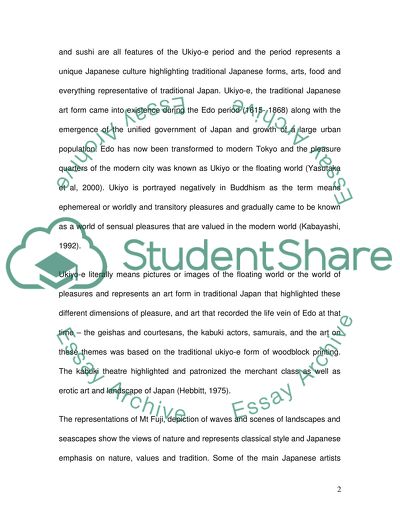Cite this document
(“Why did the Tokugawa permit the 'Floating World' to operate Essay”, n.d.)
Why did the Tokugawa permit the 'Floating World' to operate Essay. Retrieved from https://studentshare.org/history/1510109-why-did-the-tokugawa-permit-the-floating-world-to-operate
Why did the Tokugawa permit the 'Floating World' to operate Essay. Retrieved from https://studentshare.org/history/1510109-why-did-the-tokugawa-permit-the-floating-world-to-operate
(Why Did the Tokugawa Permit the 'Floating World' To Operate Essay)
Why Did the Tokugawa Permit the 'Floating World' To Operate Essay. https://studentshare.org/history/1510109-why-did-the-tokugawa-permit-the-floating-world-to-operate.
Why Did the Tokugawa Permit the 'Floating World' To Operate Essay. https://studentshare.org/history/1510109-why-did-the-tokugawa-permit-the-floating-world-to-operate.
“Why Did the Tokugawa Permit the 'Floating World' To Operate Essay”, n.d. https://studentshare.org/history/1510109-why-did-the-tokugawa-permit-the-floating-world-to-operate.


